Search
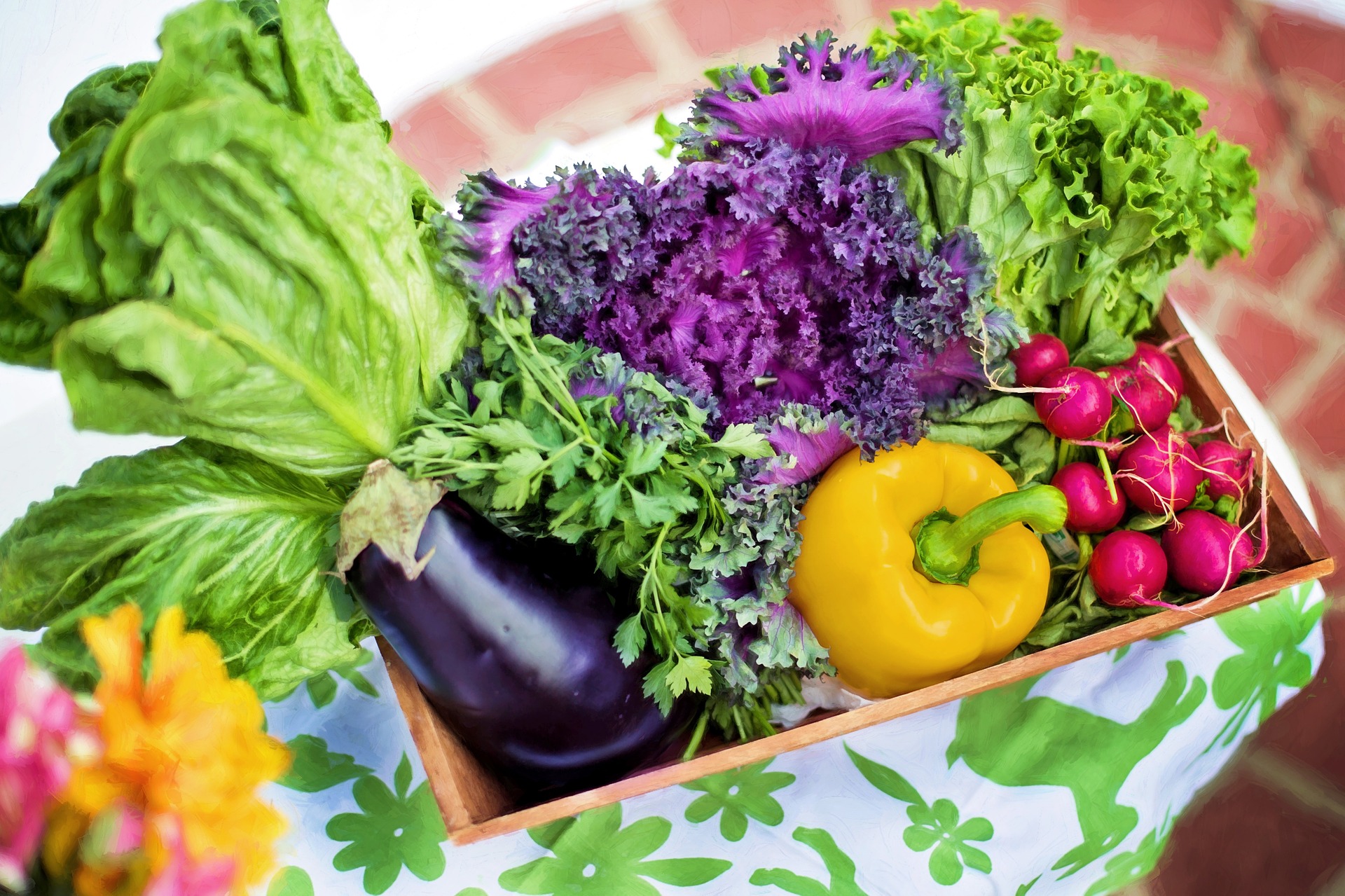
Family Fun With Gardening
Gardening is a fun way to incorporate physical activity into your day, and is a great way to connect kids to where their food comes from!
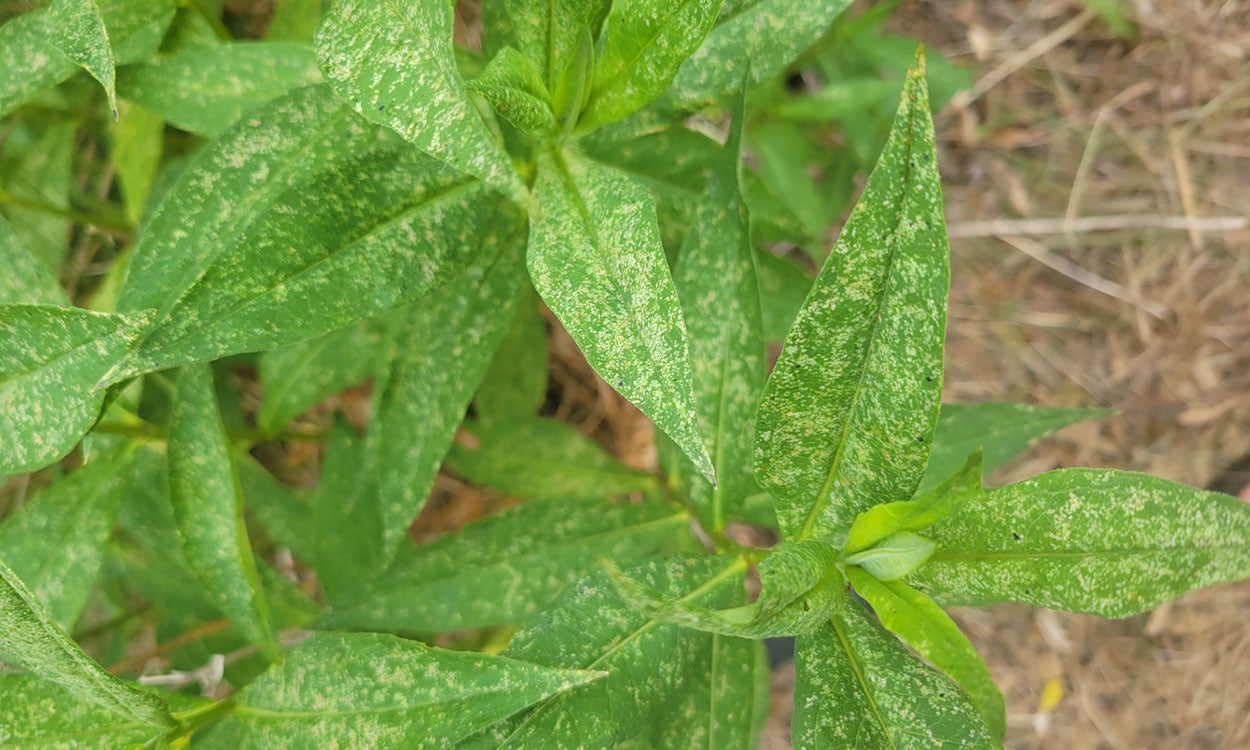
Spider Mites on Garden Phlox
During warm, dry weather, spider mites are a common pest of phlox, causing speckling, bronzing, and yellowing on leaves due to feeding behavior. Learn how to identify and manage infestations before they impact your garden.
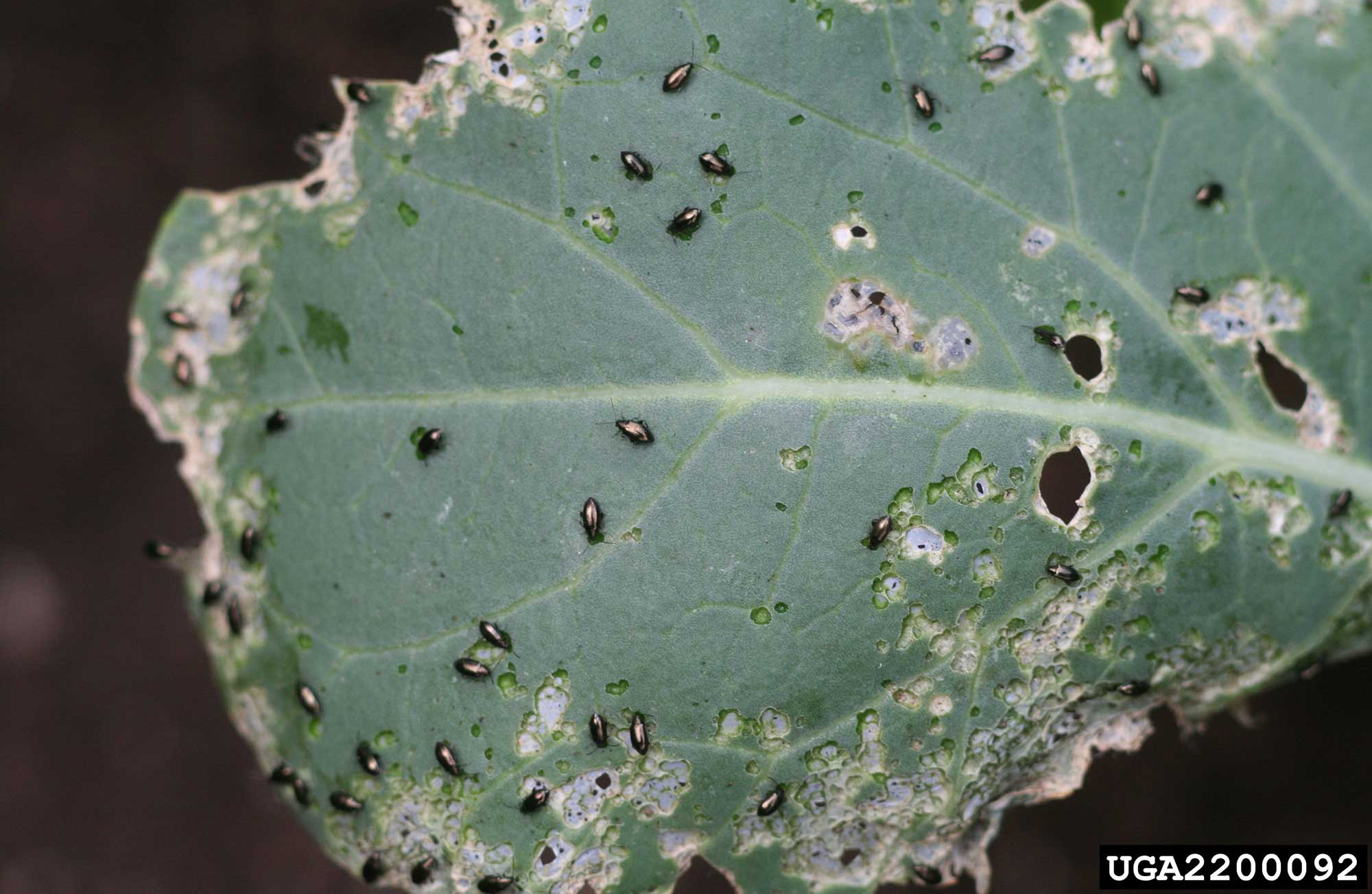
Flea Beetles in the Garden
Flea beetles have been out in full force so far this year. This group of herbivorous beetles can be a pest of many different garden plants, including tomatoes, peppers, beans, squash, lettuce and others.
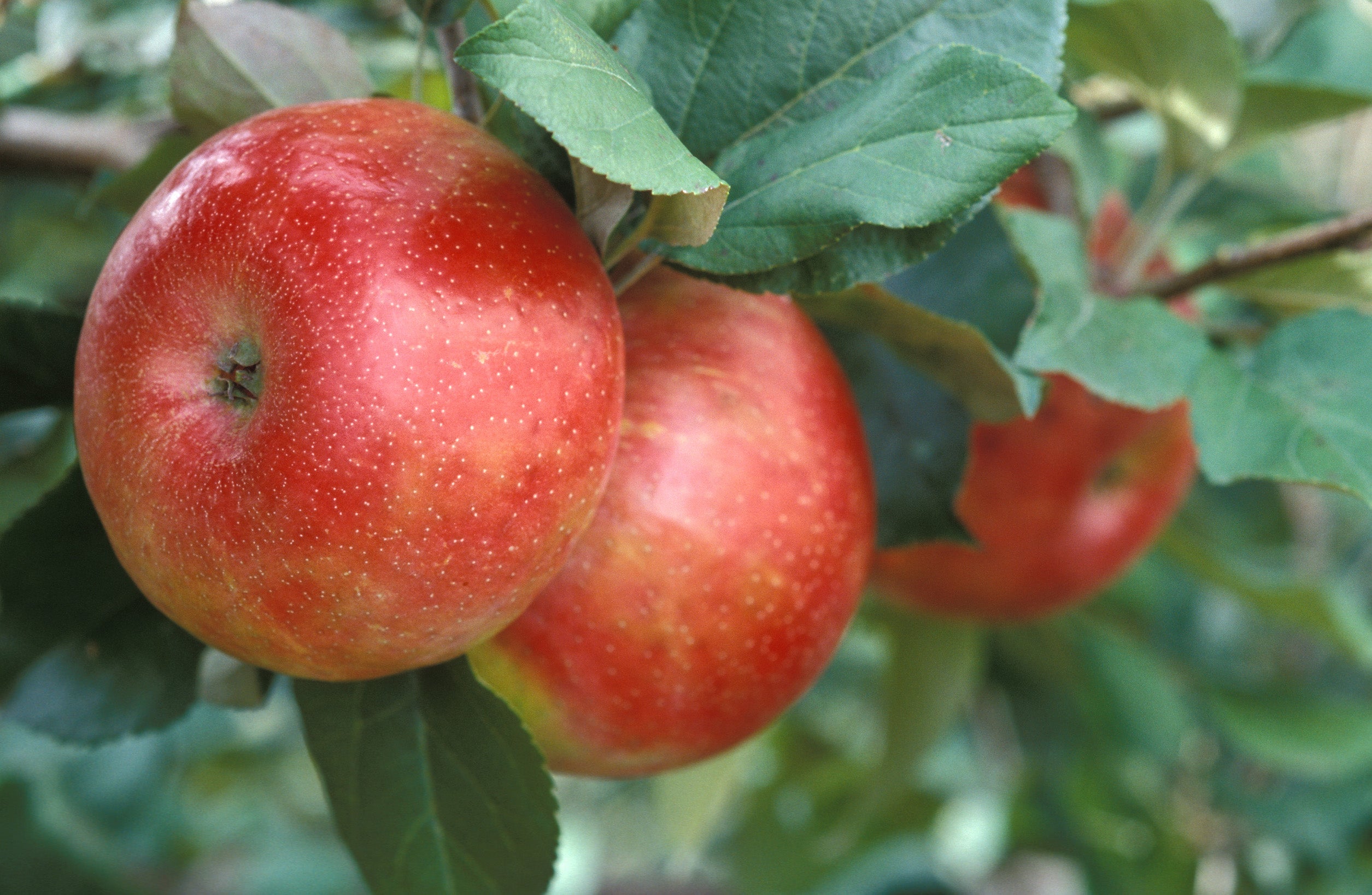
It's Apple Harvesting Time!
Do you know how to tell when an apple is ready to pick? Color change can be deceiving, since some apples turn red before they are fully ripe.
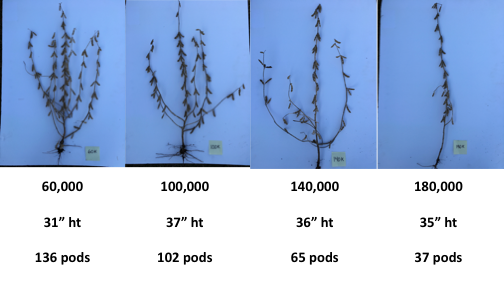
Soybean Planting Population: A Review
There have been reports in recent years that agronomists in states such as Iowa, Nebraska and Wisconsin have observed success when reducing soybean planting populations.

Our Community Will Never Change
Change is inevitable in all small towns, but communities have a choice to either let change happen passively or work together to direct it in a way that moves their shared vision into the future.
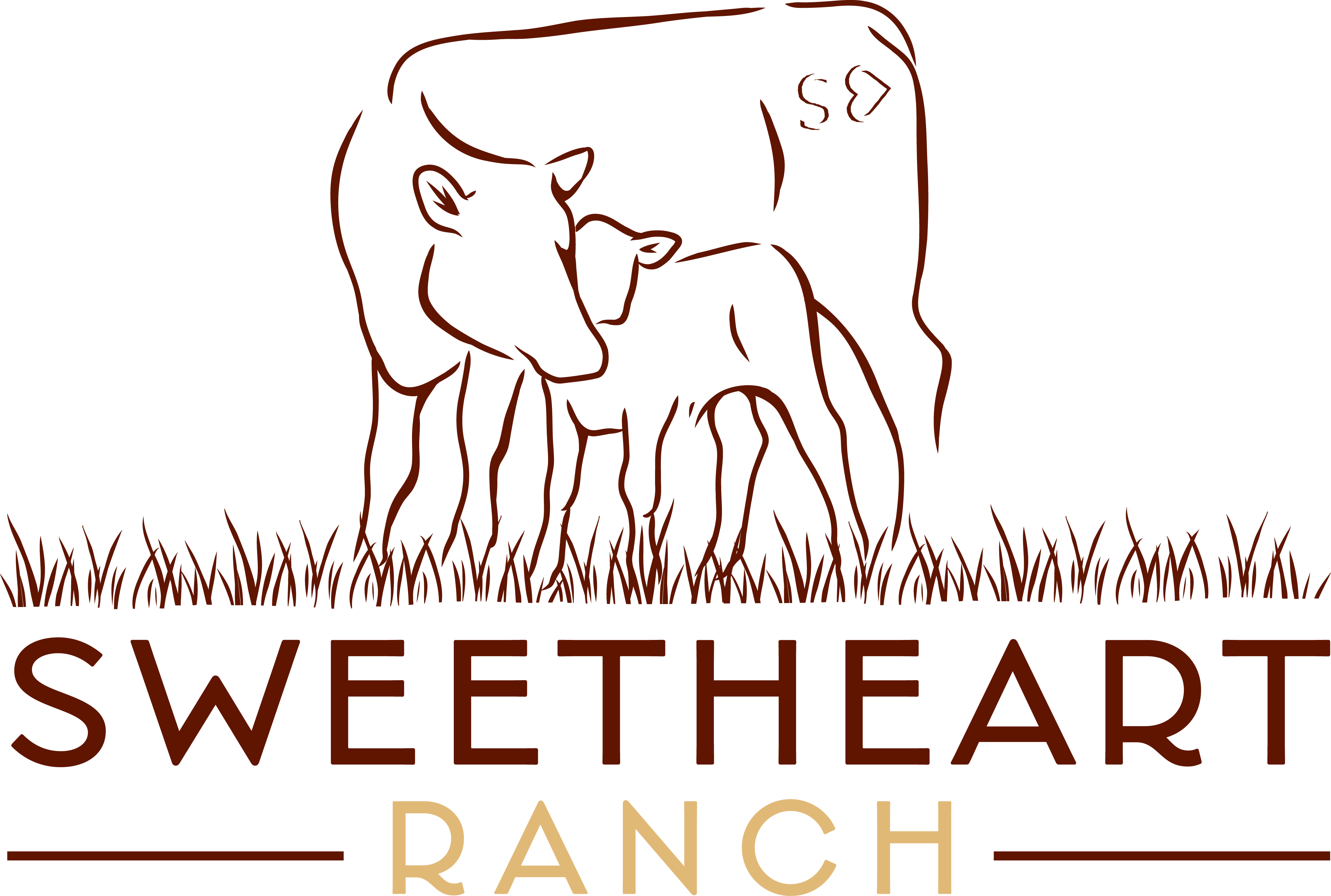
SDSU Extension hosting hands-on soil health workshop at Iona ranch
June 18, 2025
South Dakota State University Extension is hosting an educational soil health workshop for women and couples involved in agriculture at the Sweetheart Ranch near Iona.
SDSU Extension 4-H State Ambassadors for 2024-25 announced
November 04, 2024
The State 4-H Ambassador program provides leadership and mentoring opportunities as participants support 4-H and serve as positive role models. Through their service, State 4-H Ambassadors develop skills that can prepare them for future career opportunities, including public speaking, event planning and public relations.

Climate Adaptability of Winter Wheat
For most of us, wheat is wheat. However, there is a distinct difference between spring and winter wheat, even though the vegetative characteristics of these two wheat types are very similar.
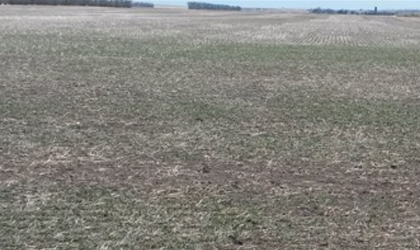
What Makes Winter Wheat a “Winter Wheat”?
For most of us wheat is wheat; however there is a distinct difference between spring and winter wheat, even though the vegetative characteristics of these two wheat types are very similar. Winter wheat can withstand freezing temperatures for extended periods of time during the early vegetative stage and requires exposure to freezing or near freezing temperature to trigger reproductive stage. In other words, if winter wheat does not go through a period of cold temperatures, then it will not produce seed. Two things needed for winter wheat to perform at optimally and produce good yields are- cold acclimation and vernalization.